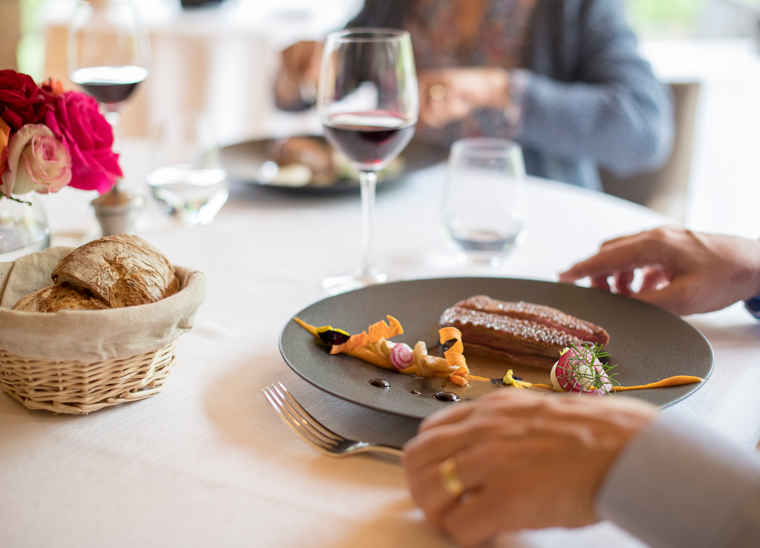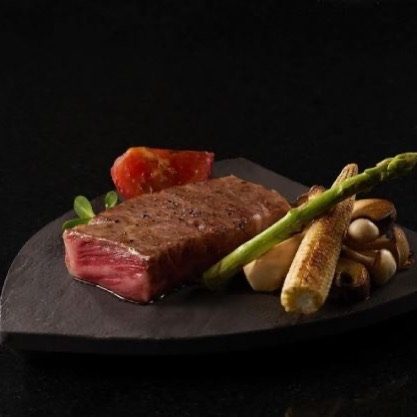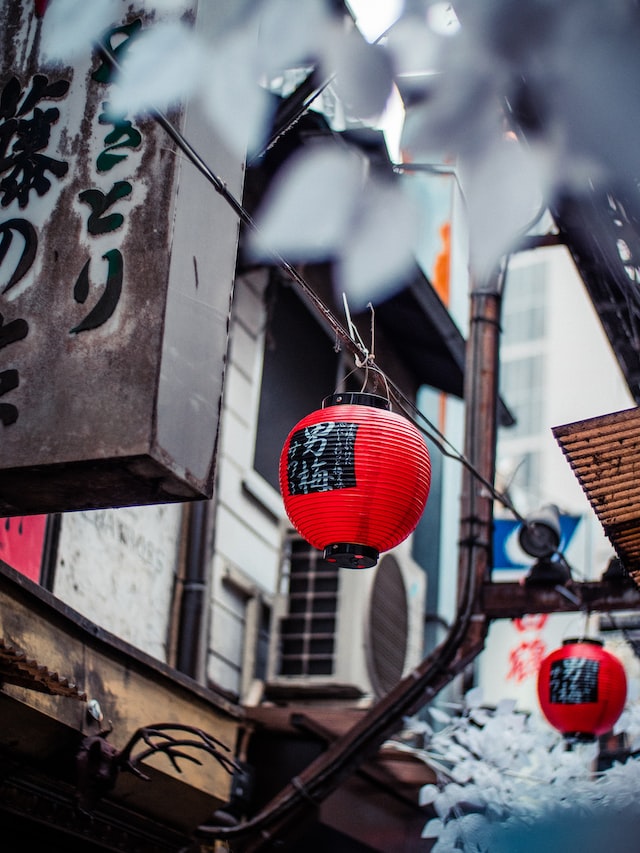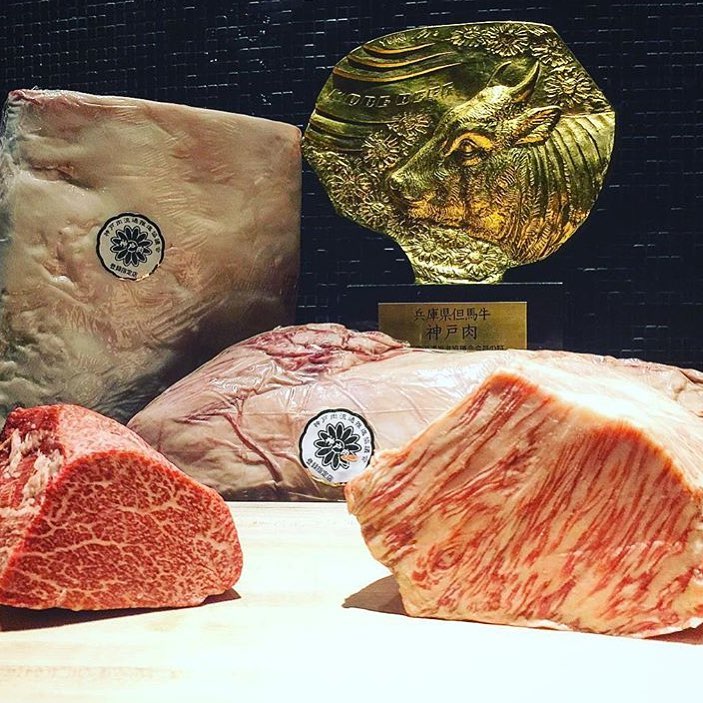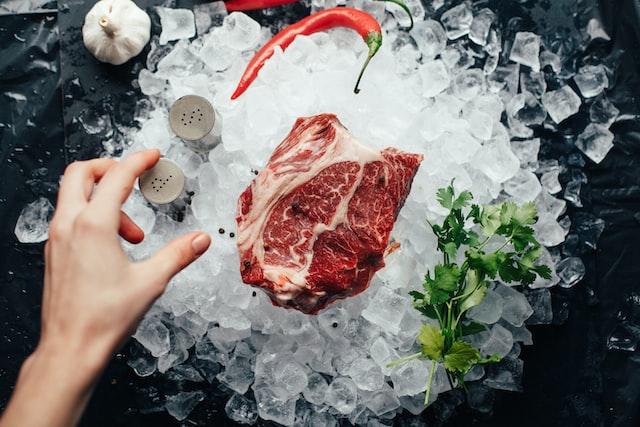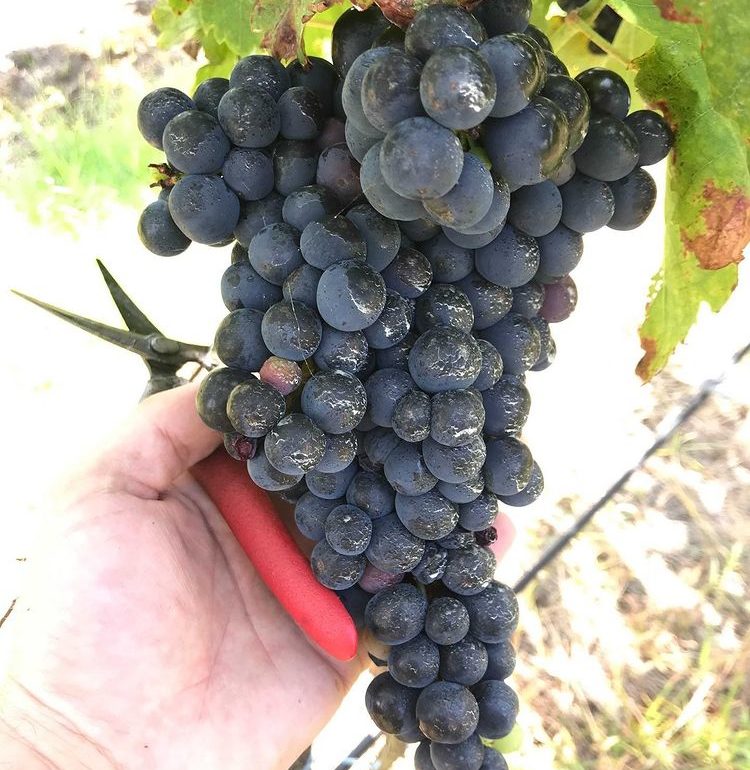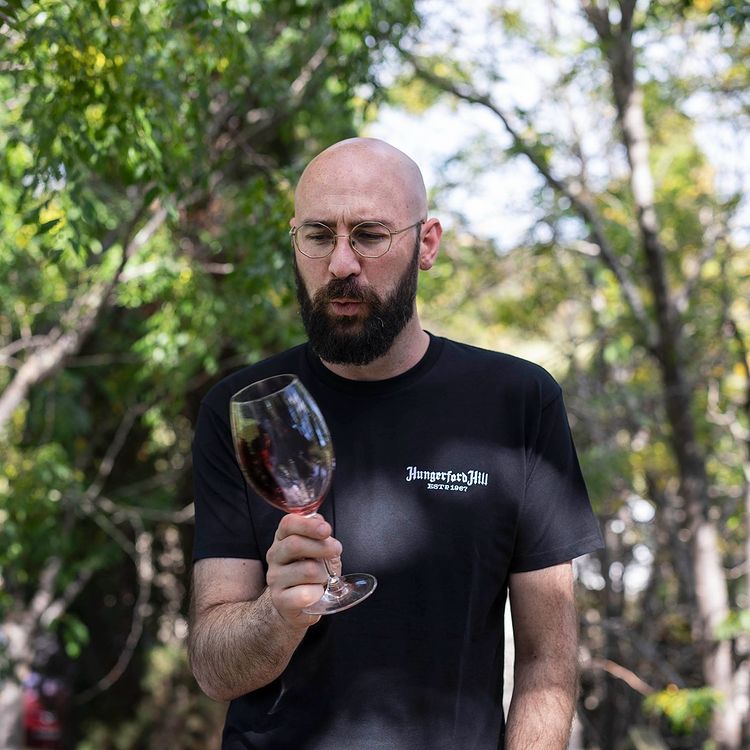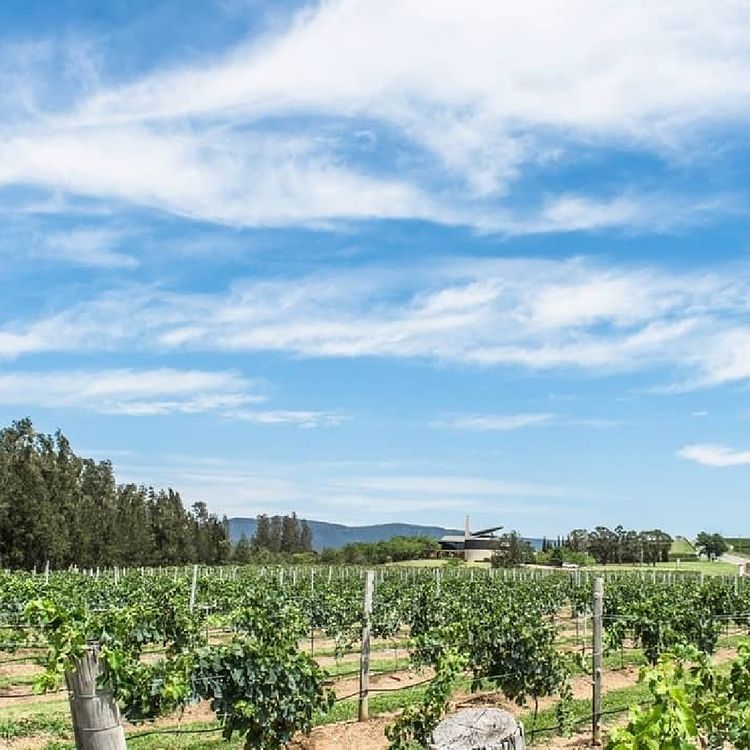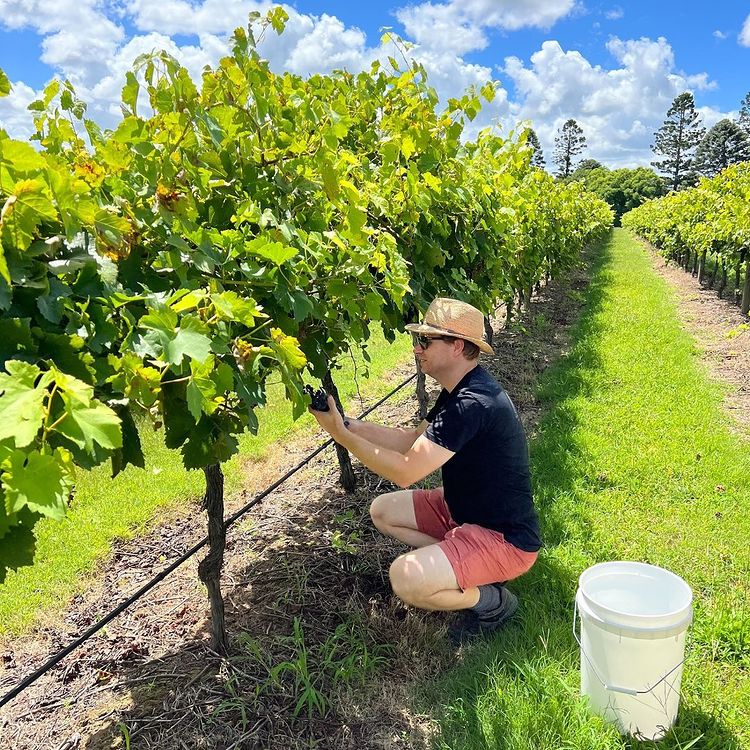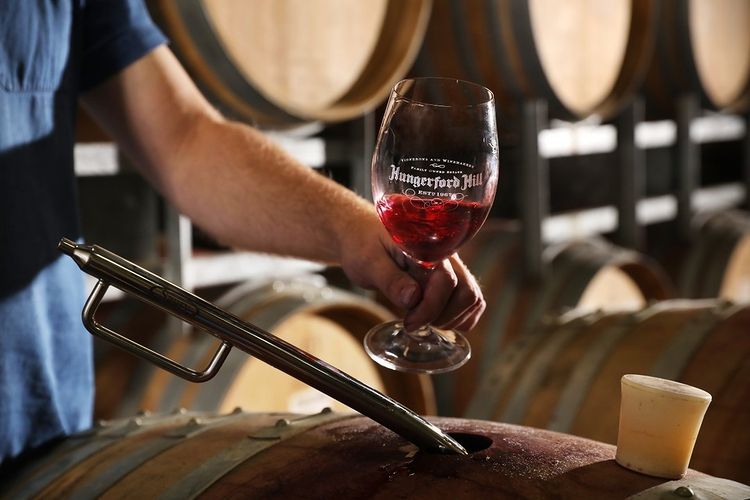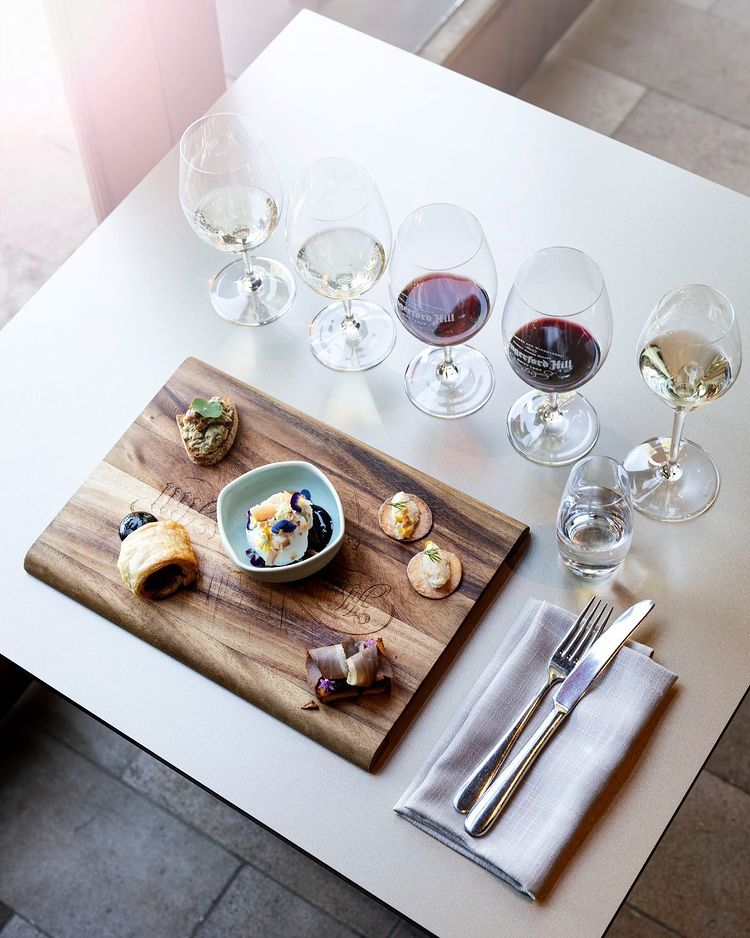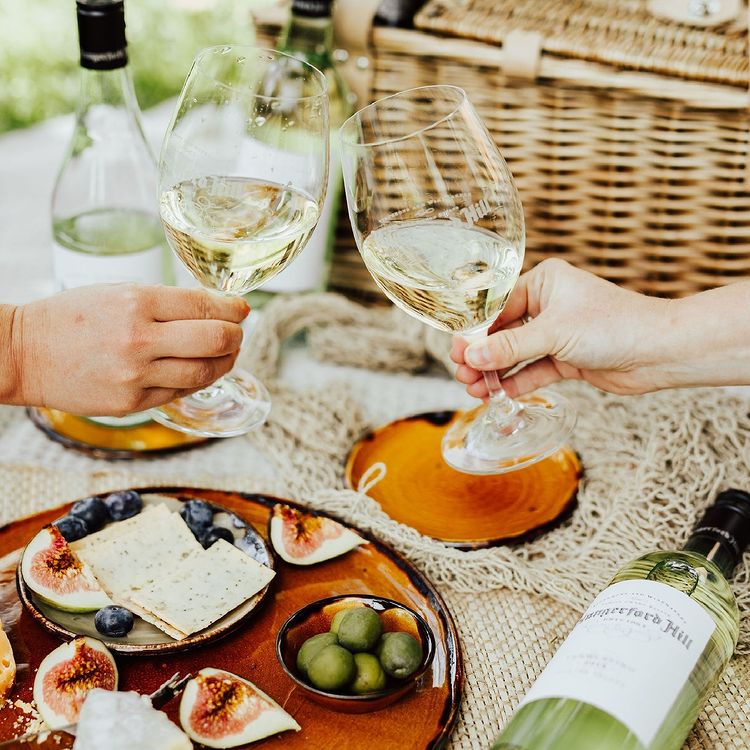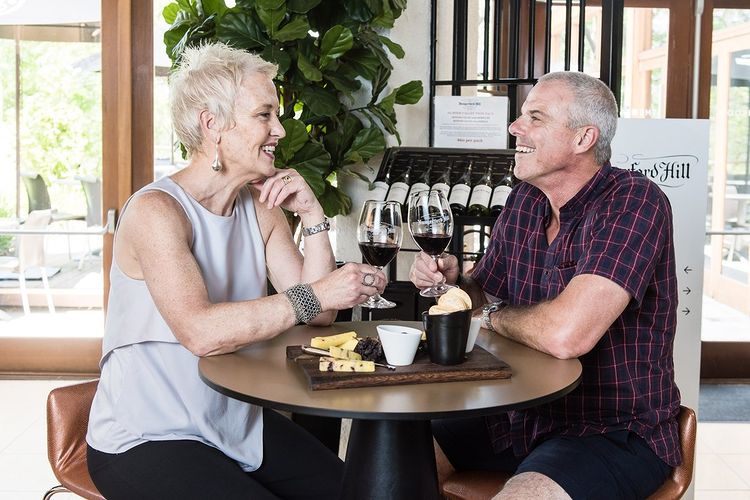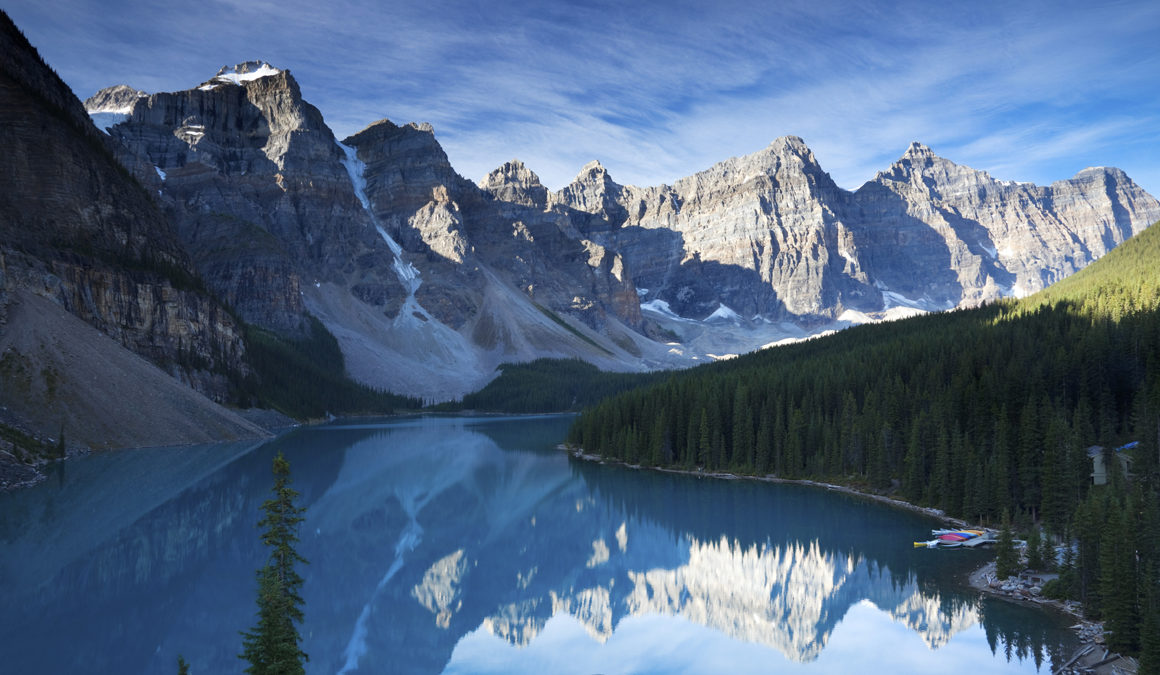Seeking out the most expensive food in the world is a decadent way to travel. Fortunately, journeys with Luxury Gold can take you to far-flung corners of the globe where some of the most expensive food in the world originates, and sometimes, is found right on your plate.
If you find yourself asking “What is the most expensive food in the world?” look no further. From wagyu beef to white truffles, here are some of our favorite foods and destinations to sample the world’s finest flavors and fare.
The most expensive food in Italy
You can find the expensive and sought-after white truffle in the Piedmont region of Northern Italy. White truffles are harder to find compared to other truffles because they only grow near certain types of trees. But the discovery is well worth it for their powerful flavor and aroma. On our Ultimate Italy tour, you’ll embark on a foraging trip for these aromatic truffles guided by an expert truffle dog.
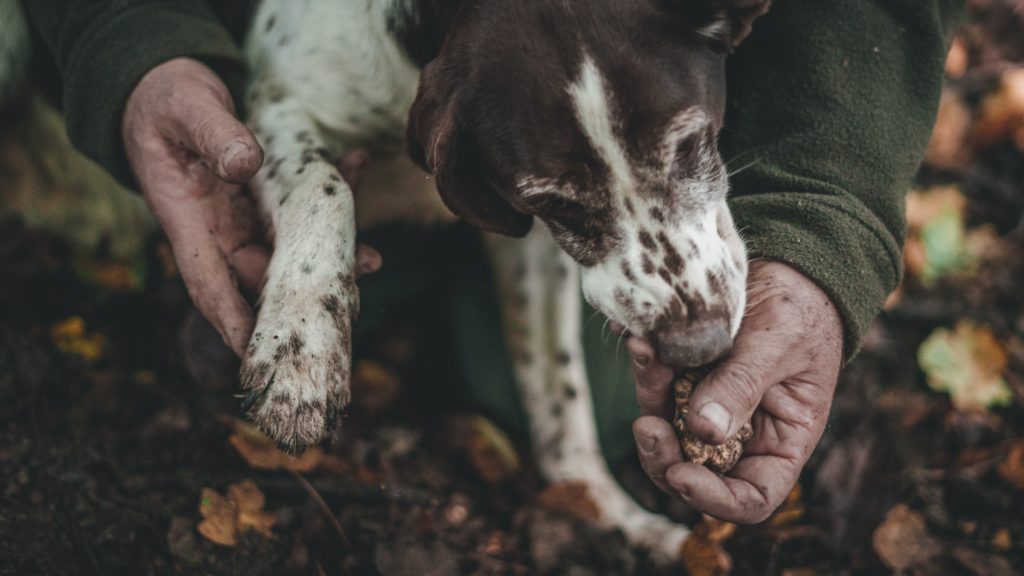
Italy’s prized, and often high-priced, olive oil is yet another reason to live la dolce vita with us. In Umbria, sample specialties such as fresh truffle-infused cured meats and regional olive oils with the help of a local gourmand who’s eager to share the roots of Umbrian cuisine from the region’s lakes, deep forests and rich earth.
Spain & Portugal
Take your taste buds from the delicacies of Italy to the finest meats of Spain and Portugal. One of the most expensive foods in the world is Iberico ham, a type of cured meat from Spain and Portugal. The best quality Iberico ham comes from free-range Iberico pigs that eat a diet of acorns as they roam about oak forests in the final years of their lives. Some of the very best Iberico ham is labeled black label – look for pata negra in Spain or porco preto in Portugal. Explore Spain & Portugal in Style, or book a luxury trip to Spain with us, enjoying fine dining in restaurants such as Michelin-starred L’Antic Moli in search of this expensive meat.
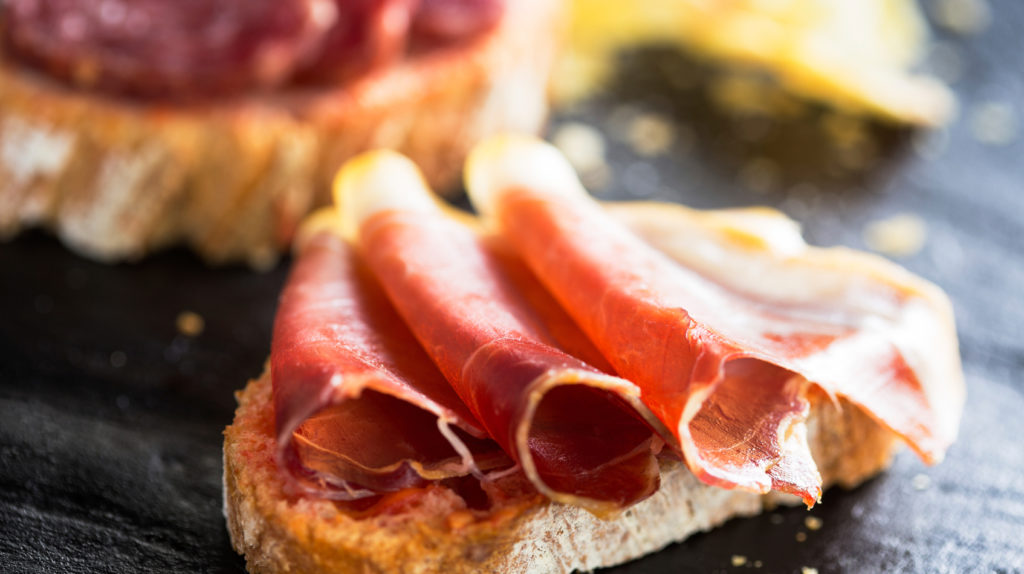
Croatia
To indulge in the bounty of the sea, journey to Croatia to savor one of the world’s most expensive and luxurious foods: oysters. In the quiet fishing village of Mali Ston, sample fresh, briny oysters just out of the water that thrive in this salt-rich channel.
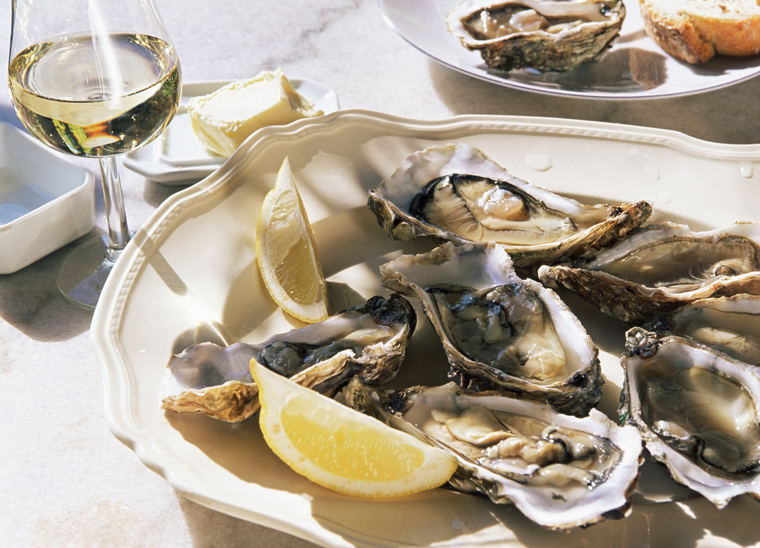
Japan by land…
Leave Europe behind and jet off to Japan with us to discover the country that boasts some of the most expensive food in the world. One of Japan’s most well-known and high-priced foods is the famed Kobe beef. This marbled, rich type of Wagyu beef comes from one type of cattle breed in the Hyogo Prefecture. The regulations around the authenticity of Kobe beef make it more difficult and expensive to find. So, why not seek it out on your travels?
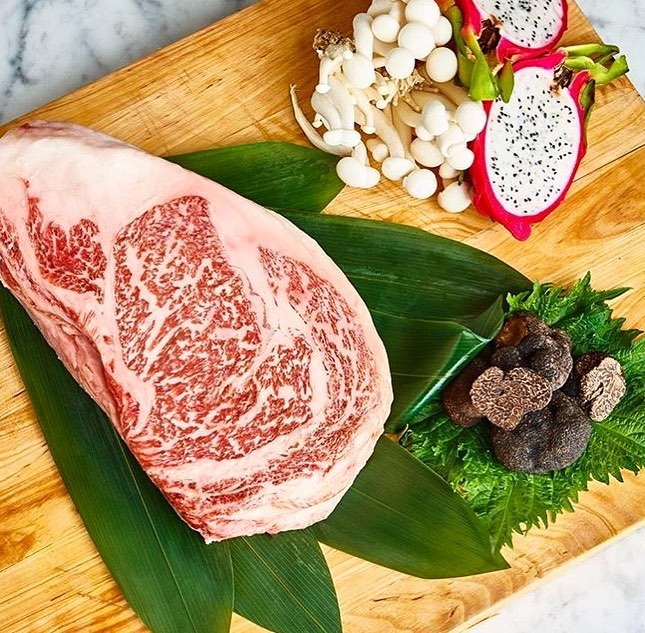
@kobe_beef_official
Beyond beef, Japan has many of the world’s most expensive foods such as Hokkaido’s rare black watermelon, which needs several months and plenty of space to grow. This fancy fruit can only be purchased at auctions and can fetch around $6,000. Japan has also become known for producing the rare, and increasingly harder-to-find, Matsutake Mushroom.
And sea…
The waters of Japan also produce some of the world’s most expensive foods. You may be familiar with Fugu, the most dangerous dish on the planet. Strictly controlled by Japanese law, Fugu is lethal if not prepared correctly. Chefs must have years of training before they can prepare it. Japan’s Bluefin tuna is also among the most expensive seafood in the world. Its high cost is due to intense marbling and finely balanced flavors.
New Zealand
From rich waters to bountiful earth, venture to The Land of the Long White Cloud for Manuka Honey. This sweet substance native to New Zealand comes from the Manuka Bush and is known for its healing properties. The honey’s antiviral, anti-inflammatory and antioxidant benefits can cost around $500 per kilogram when purchasing the highest grade. Even if you’re unable to sample this sweet nectar, our New Zealand itineraries offer plenty of rich, nature-focused experiences to write home about.
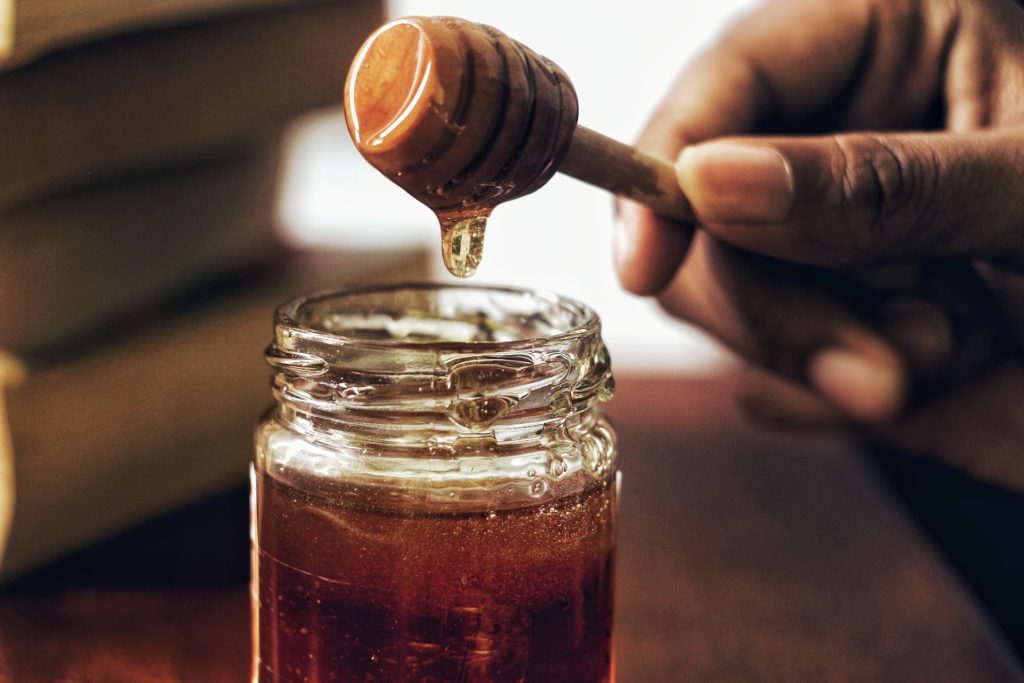
Madagascar
For an extravagant sweet finish, we take you to Madagascar for another of the most expensive foods in the world: vanilla. This island off mainland Africa produces vanilla pods that can fetch up to $600 per pound. The high price is partly due to the intensive labor required. On the single day that vanilla blooms the pollination must be done by hand. Journey to Africa with us to discover more tastes and treasures. If you’re able to procure this prized vanilla, just imagine what pastries you could whip up!
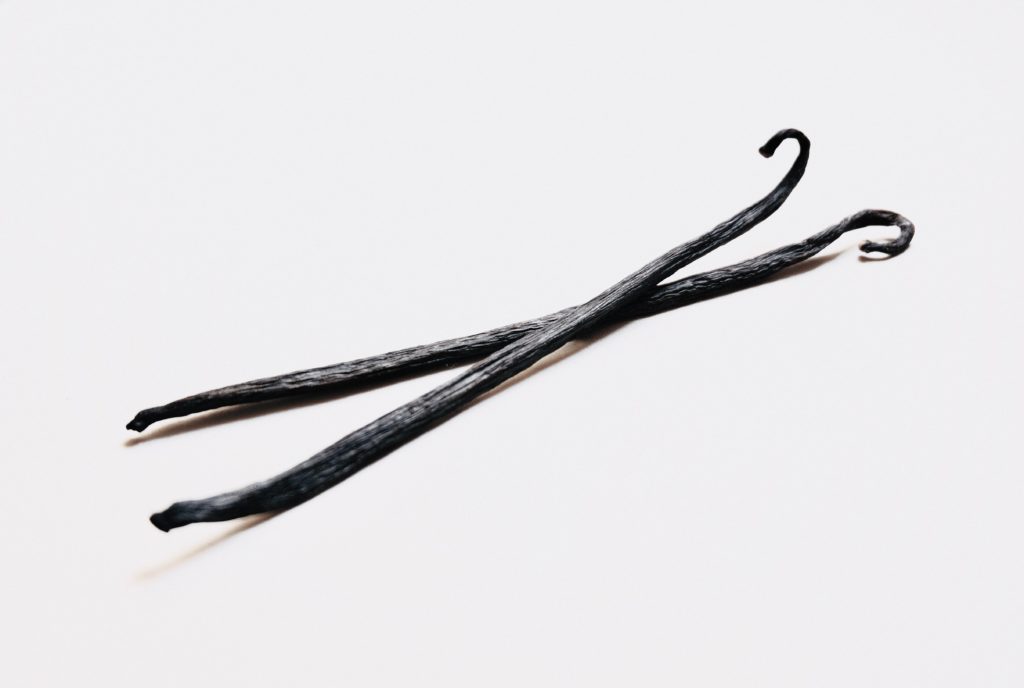
Whether you’re in search of Australia’s fine wine or farm-fresh, authentic fare in Ireland, there’s a Luxury Gold journey for every palate.



